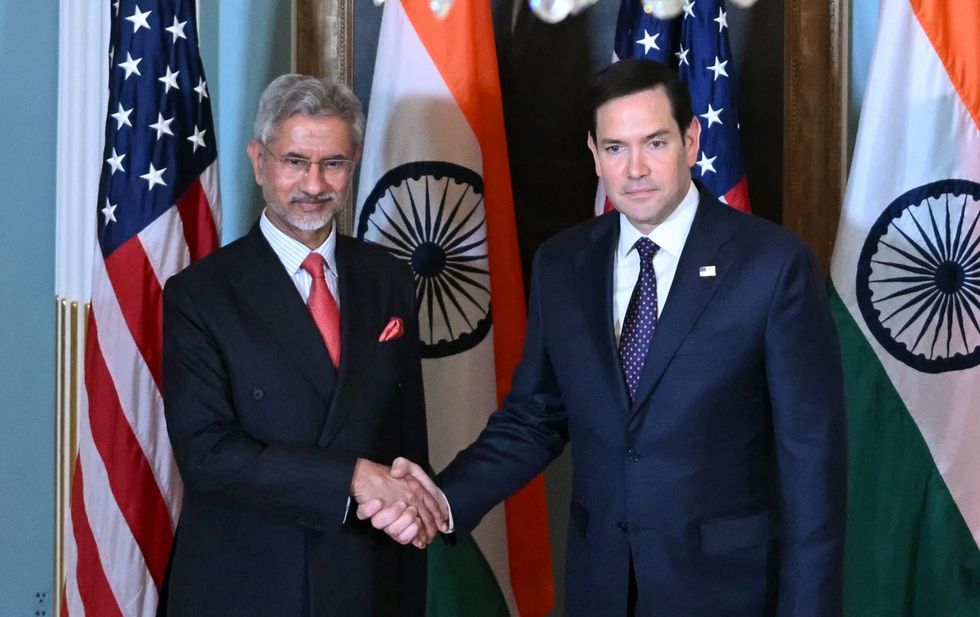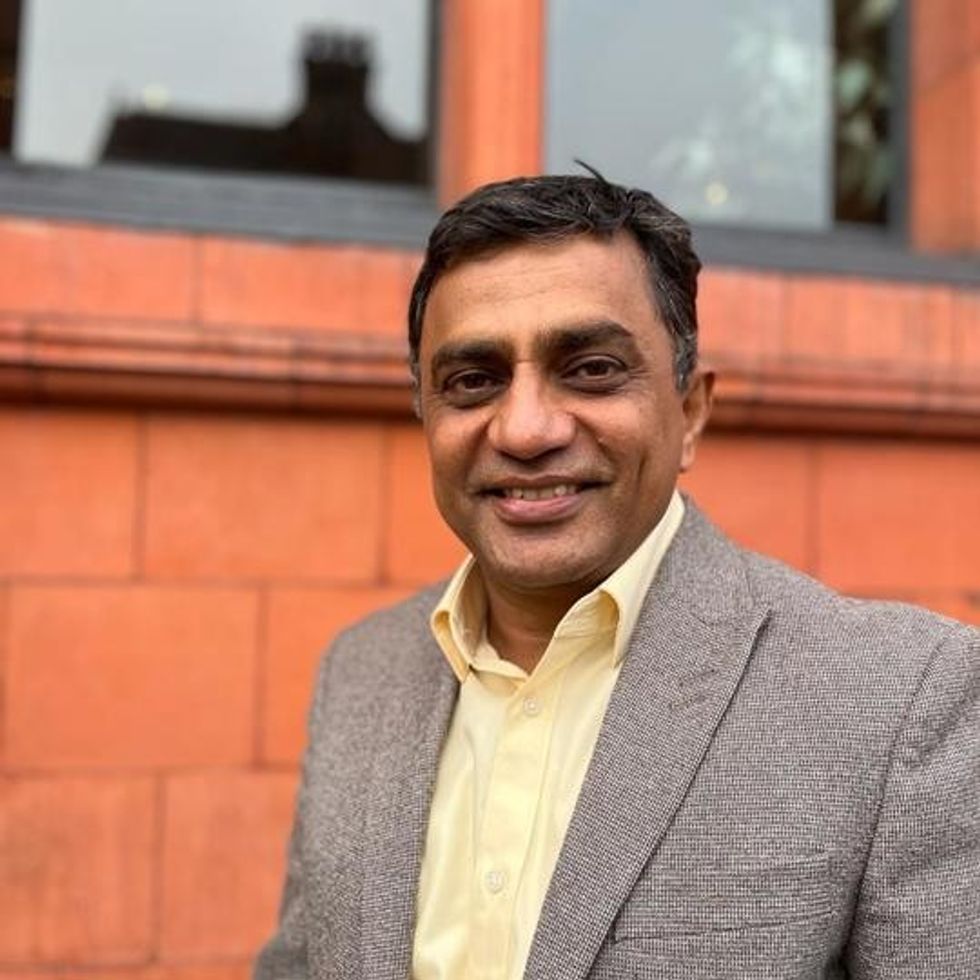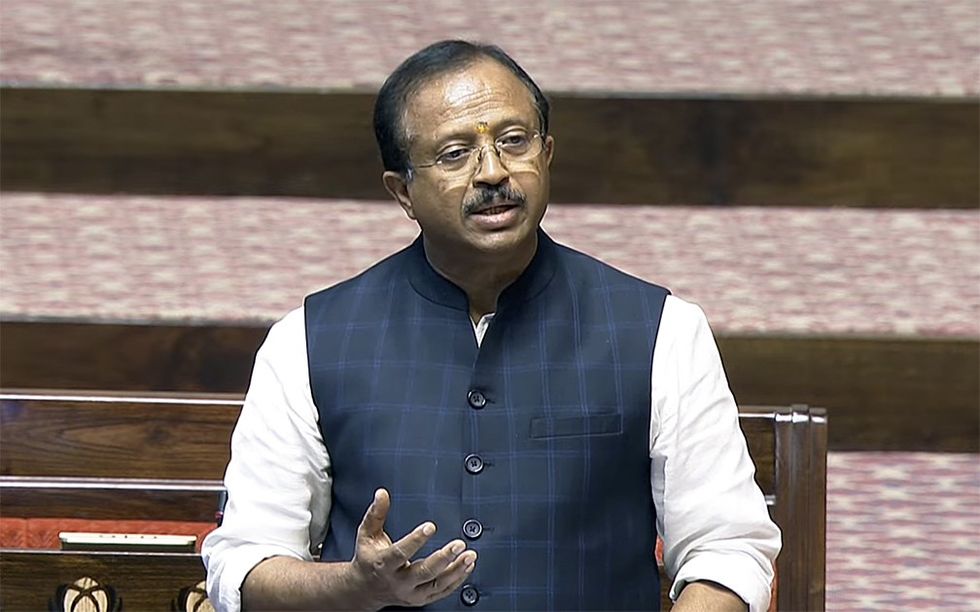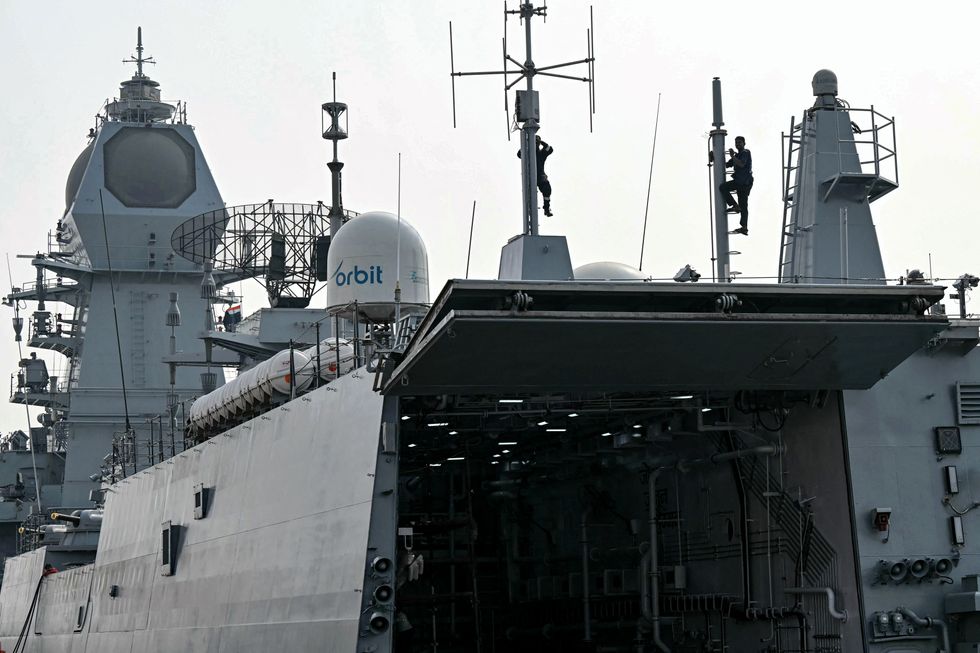Prime minister Narendra Modi’s shock decision last month to scrap most of India’s currency has been praised as a masterstroke against endemic corruption, but signs are emerging that it may hit the economy hard – at least in the short term.
Last month’s overnight abolition of all high-value Rs 500 and Rs 1,000 bank notes was supposed to bring billions in so-called “black”, or undeclared, money back into the formal system.
In addition, India’s finance minister Arun Jaitley on Monday (November 28) unveiled a plan to give tax dodgers another chance to come clean, as he sought to bring billions of dollars worth of undeclared income into the country’s mainstream economy.
Under the proposed scheme, a person making the declaration would have to pay 50 per cent in taxes and surcharges. The individual would also have to park a quarter of the total sum in a non-interest bearing deposit for four years.
India runs largely on cash, but that is still in short supply, nearly three weeks after Modi’s announcement that 86 per cent of its currency would be withdrawn from circulation.
Modi’s move is an attempt to encourage more people into formal banking, which will also increase taxable income in a country where only around three per cent of Indians pay any income tax.
Several ATMs remain empty and banks have been forced to ration cash as they face huge queues. Many people have still not been able to change their old currency.
Experts are warning the ensuing cash crunch could have a dramatic impact on growth just as the economy was beginning to take off.
Last Thursday (24), former prime minister Manmohan Singh, a respected economist, told parliament the surprise decision would shave at least two percentage points off growth and slammed the government for what he said was shoddy implementation.
“The GDP of the country can decline by about two percentage points as a result of what has been done, and this is an underestimate, not an overestimate,” said Singh, who headed the Congress-led government until it was ousted from power in 2014.
India’s gross domestic product expanded 7.1 per cent year-on-year in the three months from April-June, making it the world’s fastest growing major economy.
The rupee shake-up had been a “a monumental management failure” and “a case of organised loot and legalised plunder”, said Singh.
The former prime minister and previous finance minister under whom the Indian economy was liberalised in the 1990s, launched a broadside on Modi, urging him to find pragmatic ways to ease the distress caused by the cash crunch.
“What has been done can erode our people’s confidence in the currency and banking system,” said Singh. “In fact, it’s a case of organised loot and legalised plunder.”
With a small stock of smaller notes available and people struggling to get hold of scarce new Rs 500 and Rs 2,000 rupee bills, consumers are holding back spending and businesses are suffering.
Delays in replacing cancelled notes and restrictions on cash withdrawals “reflect very poorly” on Modi’s team, the finance ministry and the Reserve Bank of India, Singh said.
In the first week after India’s so-called “demonestisation” drive, banks received $74.2 billion (£59.4bn) in fresh deposits. Analysts at HSBC expect the deposits to swell by $164bn (£131bn) by end December.
Most experts agree it is too early to say what the impact will be on India’s gross domestic product, which expanded 7.1 per cent year-on-year in the three months from April-June, outpacing China.
“The fall-out of the policy is unfolding now. So the next month will be critical to determine what people finally think of this move,” political analyst Devdan Chaudhuri told reporters.
But ratings agency Fitch has already said it is revising down its India growth forecast for the fourth quarter of the calendar year, saying it would “almost certainly” be weak.
In the year to March 2017, the cash crunch is expected to pull down economic growth from last year’s 7.6 per cent by as much as 4.1 percentage points, brokerage Ambit Capital reckons.
Moody’s Investors Service last Thursday warned the persistent cash crunch could worsen asset quality at Indian banks.
More worrying still for the prime minister, some experts including former US treasury secretary Larry Summers have questioned whether the scheme will even achieve its core aim of cutting tax evasion.
“Without new measures to combat corruption, we doubt that this currency reform will have lasting benefits,” said Summers in a blog post denouncing the move. “Corruption will continue albeit with slightly different arrangements.”
Yes Bank chief economist Shubhada Rao said it would take until the middle of next year for growth to recover.
“We are seeing disruption to growth in the near term, but once liquidity is restored, demand will return. By the second quarter of the next financial year, GDP will return to normalcy,” Rao said.
Experts say the move was a contributing factor to the rupee hitting an all-time low of 68.8625 against the dollar last Thursday, although the main reason was an expected US rate rise next month.
The uncertainty has contributed to huge outflows of foreign capital from India, although NS Venkatesh, a currency specialist at IDBI Bank, said this could reverse in time.
“Foreign investors are waiting to see how the demonetisation drive will play out in the near term. If it stabilises, all the cash could come back to the Indian economy,” he said.
Modi, who won a landslide election victory in 2014 on a promise to tackle endemic corruption, has strongly defended his move, which still enjoys widespread popular support.
In a speech last Friday (25), the prime minister urged ordinary Indians to stick with him, promising “the new notes will come” and saying the scheme would root out corruption and tax evasion.
“This black trade is eating away our country like termites,” he said, comparing tax evasion to the “exploitation of the poor”.
Citing a survey he launched via a smartphone app, Modi said 90 per cent of people expressed their support for the ban on old banknotes. The survey was not representative, but drew half a million responses.
Many ordinary Indians say they support the scheme if it forces the rich to pay their taxes by making them bank undeclared income.
The new scheme comes barely a month after a similar drive managed to unearth $9.5bn (£7.6bn) in undeclared income and assets. But with cash estimated to make up just six per cent of illicit wealth, the disclosures might not be of the same proportion.
Last year, an amnesty aimed at unearthing foreign assets fell short as fewer than 700 people availed of it, paying about $364 million (£291m) in taxes.
Last Thursday (24), India stopped the over-the-counter exchange of old bills as the government said it wanted to encourage people “who are still unbanked, to open new bank accounts” and deposit their old bills. People with old notes will be allowed to deposit them into their bank accounts until December 31.
Opposition parties, led by Congress, have stalled parliament, demanding a reply from Modi and compensation for the families of dozens of people reported to have died while queuing at banks to swap old money for new.
On Monday, they took to the streets protesting against Modi’s decision to cancel Rs 500 and Rs 1,000 banknotes as legal tender.
Around 25,000 people took to the streets of Kolkata, capital of West Bengal state, whose left-wing chief minister Mamata Banerjee has warned of “riots and epidemics” if the ban continues.
Protester Sumit Sen said he had been forced to close his grocery shop after business slowed to a trickle. “Running my grocery shop became impossible,” the 45-year-old said.
An estimated 6,000 rallied in Mumbai, India’s western commercial hub, police said.
“We are protesting against the undeclared financial emergency imposed by the government and the hardships people across the country are facing because of this illegal decision,” said Manish Tiwari of the opposition Congress party.
“The decision to demonetise high-value currency was done without any authority and legislation and is clearly illegal.”
Modi, meanwhile, urged Indians to switch to non-cash methods of spending.
“Every person has a right to spend his or her money. No one can take anyone’s money. Now people can also spend through mobile technology,” he said, mentioning that the country had around a billion mobile handsets and 60 per cent of its population was under 35 years.
On Monday the government proposed introducing a penalty of 85 per cent for anyone caught with undeclared money, but said it would charge anyone who comes forward voluntarily a lower rate of 50 per cent.
Parliament has yet to approve the proposal, which is contained in an amendment to the existing tax laws.

















 US secretary of state Marco Rubio with India’s foreign minister Subrahmanyam Jaishankar in Washington DC last Tuesday (21)
US secretary of state Marco Rubio with India’s foreign minister Subrahmanyam Jaishankar in Washington DC last Tuesday (21) Anit Mukherjee
Anit Mukherjee V Muraleedharan
V Muraleedharan Dr Sasikumar S Sundaram
Dr Sasikumar S Sundaram


 Workers clean communication equipment aboard INS Surat on January 11
Workers clean communication equipment aboard INS Surat on January 11